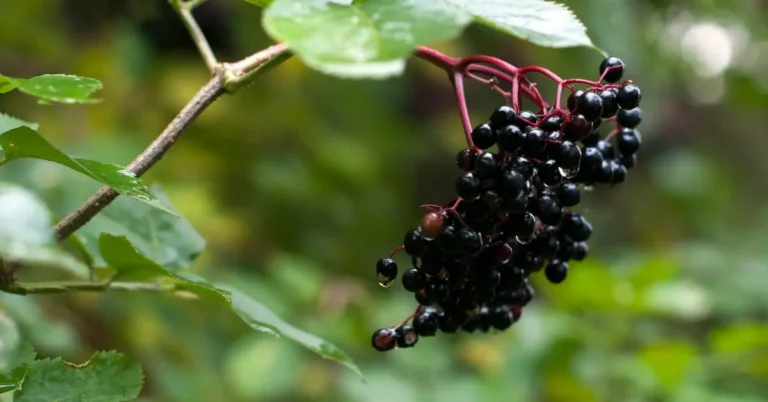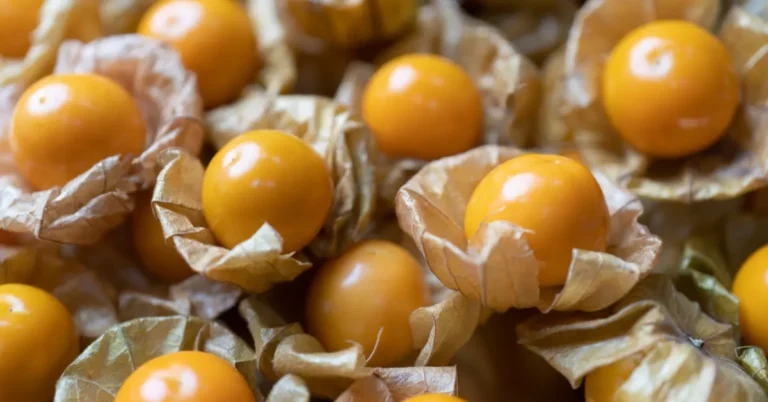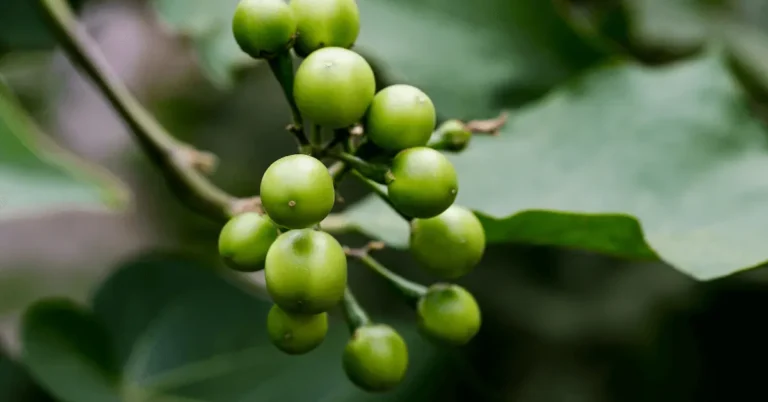Growing Barbados Cherry: A Step-by-Step Guide
Barbados cherry, or acerola cherry, is a small red fruit that grows on a shrub or small tree. It is native to the West Indies, South America, and Mexico but is now widely grown in many tropical and subtropical regions. This fruit is prized for its tangy and sweet flavor, as well as its high content of vitamin C and other beneficial nutrients.
Growing Barbados cherry trees from scratch is explained here. Whether you are a beginner or an experienced gardener, this step-by-step guide will provide all the information you need to enjoy the bountiful harvest of this delicious fruit.
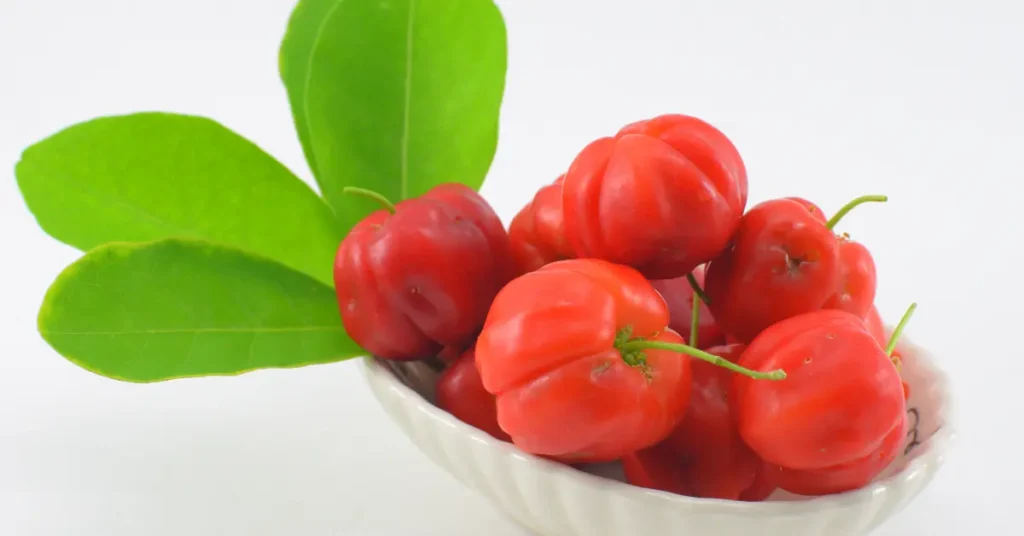
Expert Advice on Growing Barbados Cherry Trees
A step-by-step guide to growing Barbados cherry trees is available here.
Step 1: Choosing the Right Location
The first step in growing Barbados cherry is to select the right location for your tree to thrive. This fruit tree requires at least 6-8 hours of direct sunlight daily, so it is best planted in a spot with total sun exposure. It also prefers well-draining soil with a pH level of 5.5 to 6.5. If your soil is too acidic, you can add lime to raise the pH level, while sulfur can be added to lower it. Barbados cherry is not very tolerant of cold temperatures, so it is best to avoid planting it in areas that experience frost or harsh winters.
Step 2: Obtaining a Healthy Plant
Barbados cherry trees can be grown from either seeds or cuttings. However, purchasing a healthy young plant from a reputable nursery is recommended to ensure a successful harvest. When selecting a plant, look for one with a well-developed root system and a sturdy stem free from any signs of disease or pest infestation. It is best to buy the plant when it is actively growing in the spring or summer months.
Step 3: Preparing the Planting Hole
Once you have selected the right location and obtained a healthy plant, it is time to prepare the planting hole. The hole should be twice as wide and deep as the plant’s root ball. This will provide enough space for the roots to spread and establish themselves. Remove any weeds or debris from the hole and mix in some compost or organic matter to improve the soil’s fertility and drainage.
Step 4: Planting the Tree
Carefully remove the plant from its container and gently loosen the root ball. Place the plant in the hole’s center, ensuring the top of the root ball is level with the ground. Backfill the hole with the soil mixture, ensuring no air pockets. Gently firm the soil around the base of the plant and water thoroughly.
Step 5: Watering and Fertilizing
Barbados cherry trees require regular watering, especially during the first few weeks after planting. Keep the soil moist but not waterlogged, as excessive moisture can cause root rot. Once the plant is established, water it profoundly weekly or more frequently during dry spells. Fertilize the young tree with a balanced fertilizer every three months during the growing season to promote healthy growth.
Step 6: Pruning and Training
Barbados cherry trees have a naturally bushy and spreading growth habit. However, they can be pruned and trained to grow as a single trunk tree for easier maintenance and better fruit production. Prune the tree during dormancy, removing dead, damaged, or crossing branches. You can also shape the tree by pruning the tips of new growth in early spring to encourage a more compact and attractive shape.
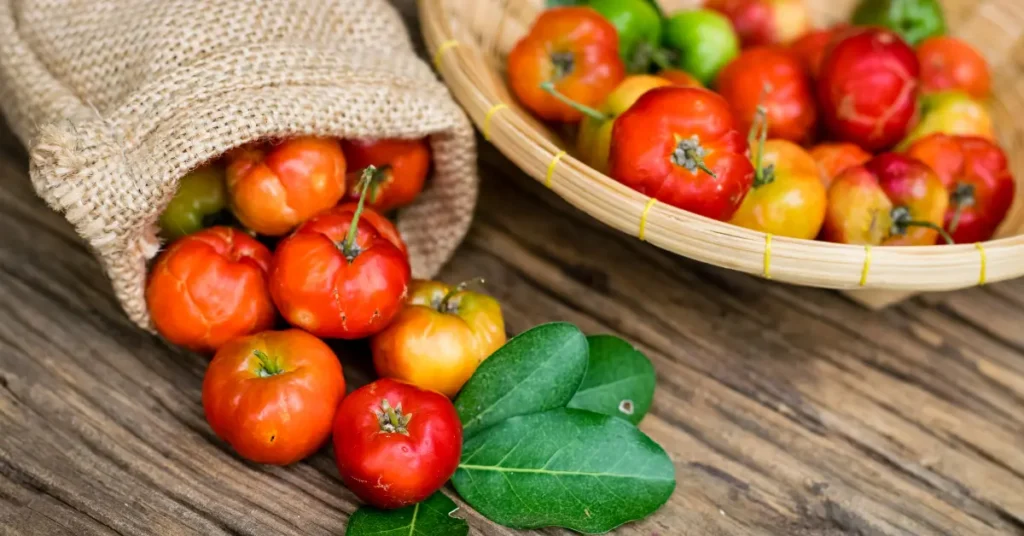
Step 7: Pests and Diseases
Barbados cherry trees are relatively pest and disease-free. However, they are susceptible to aphid infestations, which can cause distorted and stunted growth. If your tree is infested with aphids, spray it with a jet of water to dislodge them, or use an organic insecticidal soap to control the infestation. Barbados cherry trees can also be affected by fungal diseases such as anthracnose and leaf spot. These can be prevented by practicing sound sanitation and ensuring proper air circulation around the tree.
Conclusion
Growing Barbados cherry is a rewarding experience for any gardener. This fruit tree is a valuable addition to any garden with its delicious fruits and high nutritional value. Following the steps outlined in this guide, you can successfully grow your Barbados cherry tree and enjoy a bountiful harvest for years to come. Happy gardening!
Frequently Asked Questions (FAQs)
Q: How long does a Barbados cherry tree take to bear fruit?
A: A Barbados cherry tree usually takes 2-3 years to start bearing fruit. However, the tree may produce a small amount of fruit in its first year of planting.
Q: What is the best time of year to harvest Barbados cherries?
A: The best time to harvest Barbados cherries is during the dry season, which can vary depending on your location. The fruits should be picked when they are fully ripe and have a bright red color.
Q: Can Barbados cherry trees be grown in containers?
A: Barbados cherry trees can be grown in containers as long as they have enough room for their roots to spread and are provided with proper care and maintenance.
Q: How often should Barbados cherry trees be pruned?
A: Barbados cherry trees should be pruned yearly during the dormant season. However, you can also do light pruning throughout the year to remove dead or damaged branches.
Q: How big does a Barbados cherry tree grow?
A: Barbados cherry trees can grow up to 10-15 feet tall and 8-10 feet wide when fully matured.


